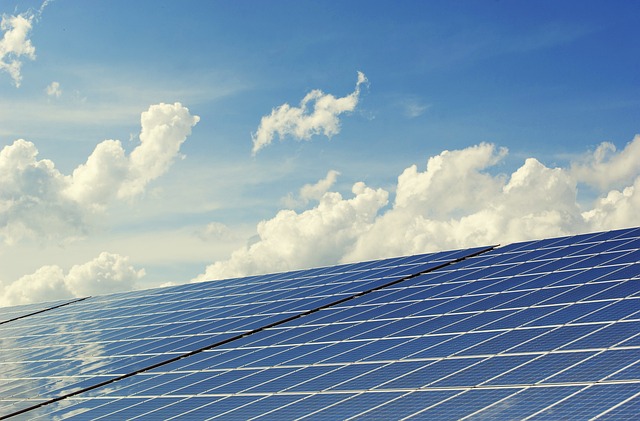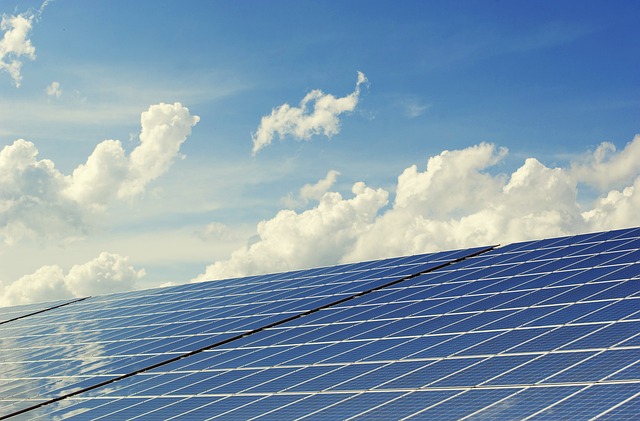What is a home solar DIY project? It’s a question that may have crossed your mind at some point. Well, in this article, you’ll find all the information you need to understand what it entails and how you can embark on your own solar journey. Whether you’re a seasoned DIY enthusiast or just getting started, we’ll break it down for you step by step.
In this comprehensive guide, we’ll cover everything from the basics of solar power to the nitty-gritty details of setting up your own solar array. We’ll provide you with easy-to-follow instructions, helpful visuals, and even expert-written content. By the end of it, you’ll have all the knowledge and confidence to make the shift to green energy a reality. So, if you’re ready to take control of your energy future, stay tuned for more in this article. Let’s dive in and explore the world of home solar DIY projects together. A home solar DIY project refers to the process of designing, installing, and maintaining a solar power system in your own home without the need to hire professional help. It allows you to take control of your energy consumption and reduce your reliance on traditional power sources.
With the increasing interest and demand for renewable energy, many homeowners are turning to solar power as a viable alternative. By embarking on a home solar DIY project, you can harness the power of the sun to generate electricity and lower your carbon footprint.
Benefits of a home solar DIY project
Undertaking a home solar DIY project offers several benefits that make it an attractive option for many homeowners:
-
Cost savings: By installing a home solar system yourself, you eliminate the cost of hiring professional installers. This can lead to significant savings, making solar power more affordable in the long run.
-
Energy independence: Generating your own electricity through solar power empowers you to become less reliant on the grid. This means that even during power outages or emergencies, you can still have access to electricity.
-
Environmental impact: Solar power is a clean and renewable energy source that produces no greenhouse gas emissions during generation. By utilizing solar energy, you can reduce your carbon footprint and contribute to a more sustainable future.
-
Return on investment: Although upfront costs may be involved in setting up a solar system, the long-term savings on electricity bills can provide a return on investment over time. Additionally, some regions offer incentives such as tax credits or rebates for installing solar panels.
Getting started with a home solar DIY project
Before diving into a home solar DIY project, there are a few key steps you should follow:
-
Evaluate your energy needs: Start by assessing your current energy consumption to determine how much solar power you will need to generate. Consider factors such as the number of occupants in your home, usage patterns, and the availability of sunlight in your area.
-
Conduct a site assessment: Determine the best location on your property for solar panel installation. South-facing rooftops with minimal shading tend to be the most effective. Evaluate the structural integrity of your roof and check for any obstructions that may hinder solar panel placement.
-
Research local regulations and permits: Familiarize yourself with the regulations and permits required for installing a solar system in your area. This may include building permits, electrical permits, and compliance with homeowners’ association rules.
-
Design your solar system: Develop a comprehensive plan for your solar system, considering factors such as the number and size of solar panels, the type of inverter, battery storage options, and the overall layout. You can use online solar calculators or seek guidance from solar DIY communities for assistance.
-
Purchase the necessary equipment: Once your solar system design is complete, you can start purchasing the required equipment. This usually includes solar panels, inverters, mounting hardware, wiring, and batteries if you choose to incorporate energy storage.
-
Install and connect your solar system: Begin the installation process by mounting the solar panels on your roof or in your preferred location. Follow the manufacturer’s instructions and safety guidelines to ensure proper installation. Then, connect the panels to the inverter, which converts the generated DC electricity into usable AC electricity.
-
Conduct testing and inspections: Once the installation is complete, test the system to ensure proper functionality. You may need to hire a licensed electrician to inspect and approve the system, ensuring it meets all safety and code requirements.
-
Maintain and monitor your system: Regularly monitor your solar system’s performance and conduct routine maintenance to ensure optimal efficiency. This includes cleaning the panels, checking for any damage or debris, and monitoring the battery health (if applicable).
By following these steps and having the right resources and guidance, you can successfully embark on a home solar DIY project and enjoy the benefits of renewable energy in your own home.
Conclusion
A home solar DIY project is a rewarding and empowering endeavor that allows you to harness the power of the sun and generate your own electricity. With the help of online resources, tutorials, and a supportive community, you can navigate the process with confidence and successfully transition to a greener and more sustainable energy future. Remember, the journey towards solar power starts with taking the first step, and HomeSolarDIY is here to guide you every step of the way. Embrace the potential of solar energy and make a positive impact on the world.

This image is property of pixabay.com.

